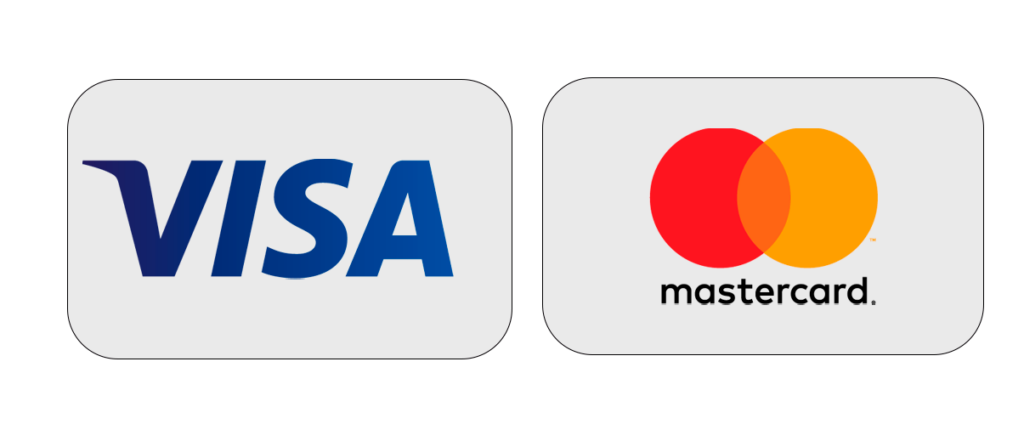
Most Forex prop companies have fairly severe daily and maximum drawdown rules. Even if they are successful traders when trading their own accounts, this results in traders routinely failing challenges. These drawdown restrictions are in place for a good reason because doing so will demonstrate the readiness to trade significant quantities of money. Fortunately, there are a number of methods traders may employ to lessen the possibility of going over these maximum drawdown limits. One advantage of trading with an online prop firm is that traders must maintain responsibility.
It’s difficult to maintain accountability when only using personal money to trade, especially if it’s a tiny amount. There is a numerous amount of retail traders who, while blaming “the market,” will joyfully lose 20% of their personal trading money and do so without hesitation. A drawdown limit is a great technique to force accountability and eventually improve as a forex trader. This is only one of many good reasons to trade with a prop firm. To manage losses and drawdowns successfully, traders must first determine how far one can push the boundaries. Even with a market advantage, the majority of retail forex traders will lose about 50% of their trades.
How to manage trading positions and not hit drawdown rules’ limits
There are many ways to manage correctly trading positions, most techniques used are really simple or low-level, despite being excellent and extremely useful. More advanced strategies, like Pyramid entries, are less well-known in the retail sector as a result of the emphasis on these fundamental techniques. Pyramid trading basically entails increasing position sizing on profitable trades without raising net risk each setup. A Prop trader decides to sell EUR/USD at 1.0340 with a 100-pip take profit and a 50-pip stop loss. The trade carries a 0.1 lot risk, which means that if market goes in the opposite direction of what the trader predicted, he may lose £50 or win £100 if the market reaches what he expects.
The hypothesis is accurate, and the market has dropped by 100 pip. The market is bearish since the moving averages have crossed. The trader now shift his stop loss to breakeven. Now the risk is currently at zero. The trader adds a second short position as necessary. Technically speaking, the risk-to-reward ratio for this entry won’t be optimal; traders should focus on 1:1 or 1:1.5. The stop loss must ensure that the trade’s maximum risk is £50. It’s critical to realize that depending on the trading scenario, this approach does not always work.
Prop traders should focus on losses or profits?
On the one hand, short-term success in prop trading depends on limiting losses. A trader’s profits can be quickly eaten away by losses, and a run of them can cause a substantial drawdown in their trading account. Profits, on the other hand, are every trader’s ultimate objective and the main driving force behind most traders’ initial dives into the market. Traders can only make a living, build their accounts, and eventually become financially independent through successful trading. If traders only think about reducing losses, they can lose out on chances and refrain from taking the risks necessary to make significant gains.
Traders have no power over the market. They have no control over the timing of a big successful trade or the extent to which it works out in your favor. However, they have influence over how much a trade will cost them. It’s critical to concentrate on what they can actually manage, which is the risk they take. Knowing the loss criteria in full is crucial, regardless of whether they are taught to think in terms of money or percentages. What is the best strategy for prop traders? Finding a happy medium between maximizing revenues and reducing losses is the solution.






